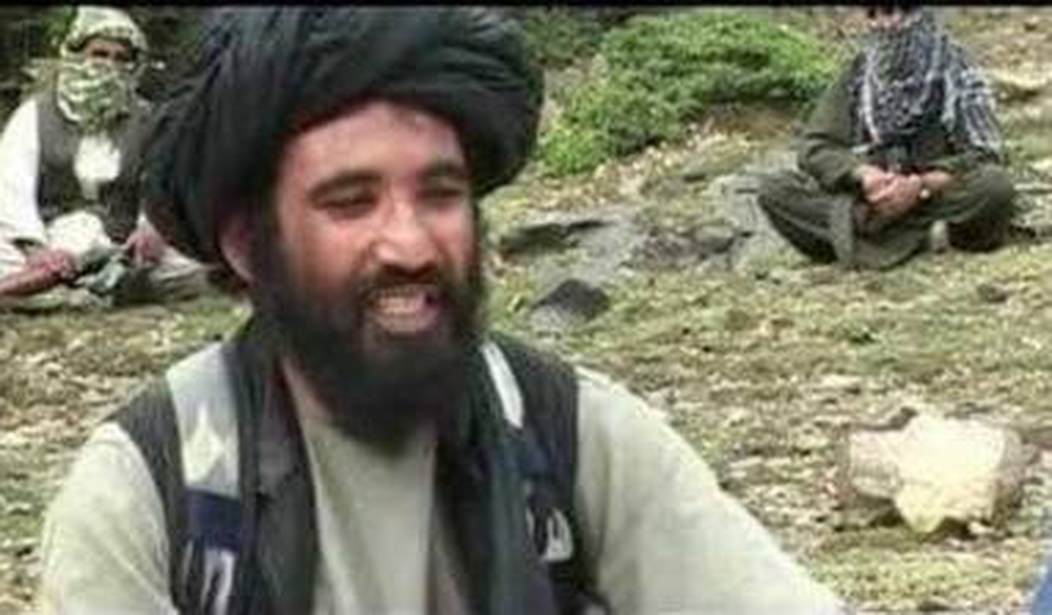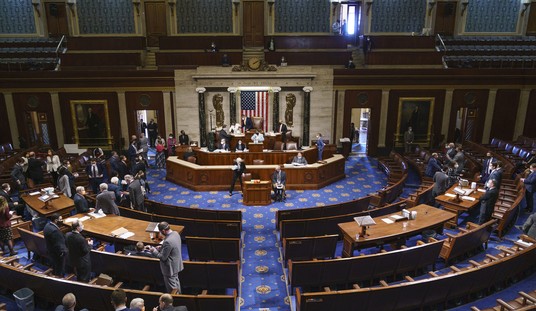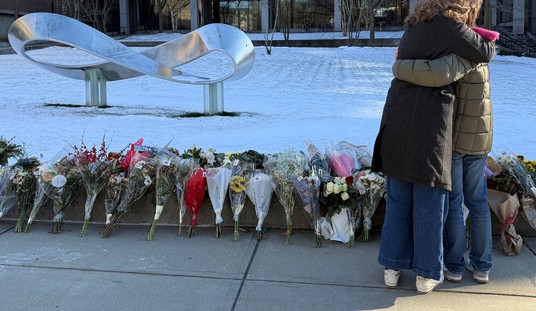WASHINGTON — The Pentagon said today that it targeted the Taliban leader in airstrikes in a remote area of the Afghanistan-Pakistan border region.
Officials were trying to determine if the dawn strikes near Ahmad Wal in Zabul province were successful in taking out Mullah Mansour, who formally took over leadership of the Taliban when they admitted in July 2015 that one-eyed leader Mullah Omar had been dead for two years.
“Mansur has been the leader of the Taliban and actively involved with planning attacks against facilities in Kabul and across Afghanistan, presenting a threat to Afghan civilians and security forces, our personnel, and coalition partners,” Pentagon press secretary Peter Cook said in a statement today. “Mansur has been an obstacle to peace and reconciliation between the Government of Afghanistan and the Taliban, prohibiting Taliban leaders from participating in peace talks with the Afghan government that could lead to an end to the conflict.”
“Since the death of Mullah Omar and Mansur’s assumption of leadership, the Taliban have conducted many attacks that have resulted in the death of tens of thousands of Afghan civilians and Afghan security forces as well as numerous U.S. and coalition personnel,” Cook added. “We are still assessing the results of the strike and will provide more information as it becomes available.”
A U.S. official told CNN that the mullah was “likely killed,” but the results of the drone strike were still being studied.
The Taliban’s English-language website, on which they feature reports, official statements, videos, op-eds and more, was down today.
A Taliban spokesman tweeted, though, that reports of Mullah Mansour’s death by drone were “absolutely false and baseless.”
Afghanistan’s Tolo News channel reported Friday that Afghan Special Forces killed two key Taliban commanders in the country’s Marjah district.
The coalition has been facing Operation Omari, the Taliban spring offensive named for their late mullah.
The op launched five weeks ago, as the Taliban promised “large-scale attacks on enemy positions across the country, martyrdom-seeking and tactical attacks against enemy strongholds, and assassination of enemy commanders in urban centers.”
Just after that operation launched, a spokesman for U.S. operations in Afghanistan warned that al-Qaeda had struck up an unsettling “increased relationship” with the Taliban.
On its own, said Brig. Gen. Charles Cleveland, deputy chief of staff for communications for Resolute Support Mission, officials don’t consider al-Qaeda to be a “tremendous threat” to the Afghan government. “But where they pose the real threat is oftentimes al-Qaeda can serve as an accelerant. And so they’ve got some very special skills, some capabilities. They can go and essentially assist and train the Taliban so that the Taliban is more effective,” he said.
However, the White House has hesitant to call the Taliban terrorists, particularly after swapping five Taliban commanders for Bowe Bergdahl. “The Taliban is an armed insurgency. ISIL is a terrorist group. So we don’t make concessions to terrorist groups,” spokesman Eric Schultz said in January 2015.
The Obama administration has urged a reconciliation process between the Afghan government and the Taliban, even as the Taliban continue deadly attacks.
White House press secretary Josh Earnest told reporters in January that “the United States has long been supportive of an Afghan-led reconciliation process, and the conclusion that we’ve drawn here is one that… the Taliban poses a security threat to both countries, and that the nations of Afghanistan and Pakistan are going to be able to more effectively confront that threat if they’re able to more effectively cooperate.”
“And that’s what we’re hoping to do and that’s what we’re hoping to facilitate,” Earnest added.









Join the conversation as a VIP Member